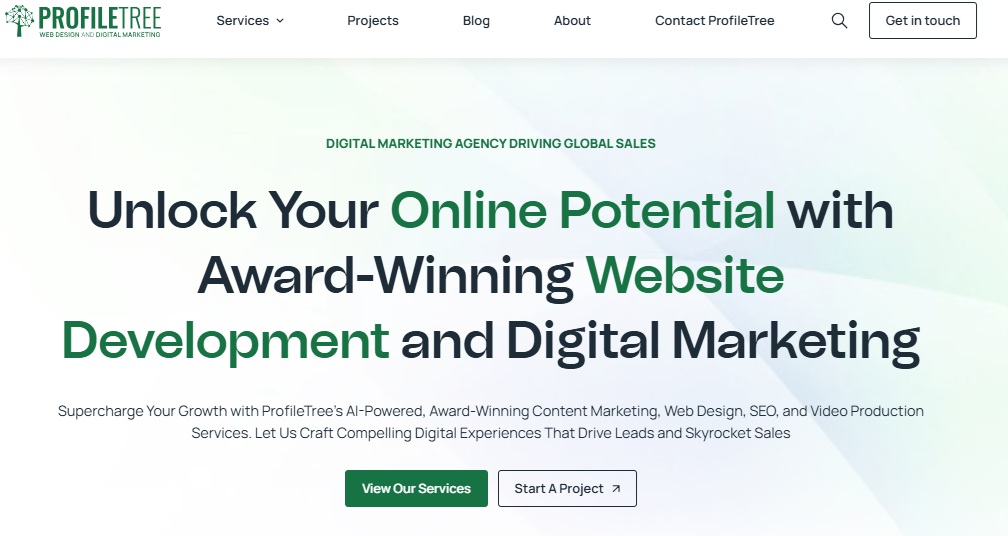The role of CEO is changing. It’s no longer enough to be bold, decisive, and driven by intuition.
Explore In-Depth CEO Insights and Articles
Explore our extensive collection of articles featuring the latest insights, trends, and success stories from top business leaders. Stay informed with expert analysis and in-depth content that covers a wide range of topics in leadership and innovation. Browse now to stay ahead in the business world.

Browse Our Latest Articles
Explore the latest articles, featuring expert insights, groundbreaking innovations, and success stories from visionary business leaders. From leadership strategies to industry trends, our articles deliver the knowledge you need to stay informed and inspired. Dive in and stay ahead in the ever-evolving world of business leadership.
When you lead at the top, the tools you choose don’t just shape operations. They set the tone for culture, risk appetite, and long-term resilience. CEOs in today’s landscape don’t have the luxury of dismissing technology choices as the purview of ...
Every business depends on technology to function smoothly, but even the most reliable systems can run into problems. When they do, teams lose time, projects slow down, and productivity takes a hit. For modern companies that rely on distributed or ...
How to Write High-Performing Google Ad Headlines Imagine this: A potential customer searches for a solution to their problem, and your ad appears at the top of the results. But does your headline grab their attention? Does it compel them to click?...
From Classroom to Boardroom: How Educational Leaders Are Pioneering AI Transformation in Learning By Michelle Connolly, Founder and CEO of LearningMole.com When I transitioned from fifteen years of classroom teaching to founding LearningMole.com...
How SMEs Can Harness AI Without Breaking the Bank: A Practical Guide for Business LeadersBy Ciaran Connolly, Founder and Director, ProfileTree Web Design and Digital Marketing AgencyThe artificial intelligence revolution presents a unique challeng...
10 Innovative Companies Helping CEOs Navigate Business Challenges In 2025CEOs face constant challenges as markets shift and technology changes. In 2025, staying ahead means finding tools that address real problems effectively. This blog highlights...
The relationship between employees and the world of work has shifted, and astute CEOs shouldn’t be surprised when this shift is reflected within their own companies.
For organizations in high-stakes markets, protecting the C-suite’s digital shadow is central to safeguarding reputation and long-term growth.
In today’s fast-paced markets, family offices are stepping far beyond traditional wealth preservation. They’re not just managing capital — they’re shaping the future of finance with bold moves into sustainability, innovation, and alternative asset...
Hiring a CEO isn’t just “recruiting at a higher level.” It requires a different playbook entirely: confidential outreach, rigorous assessment and tight stakeholder alignment. If you’ve only used traditional recruiting, the ...
A company’s brand is its most valuable asset. It distinguishes the organization from a sea of competitors and connects more meaningfully with its audience. Well-loved labels even get a cult following and can charge a higher price. For busine...











